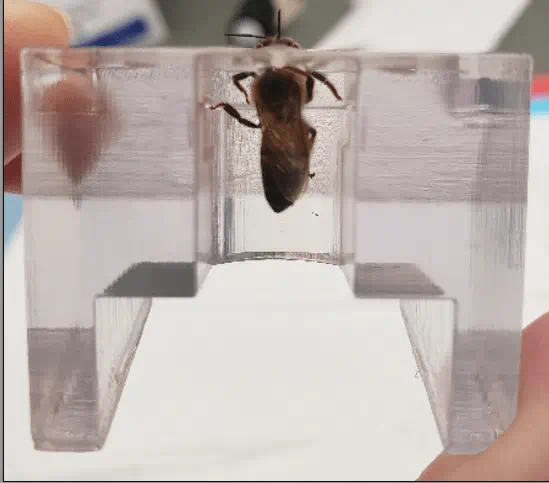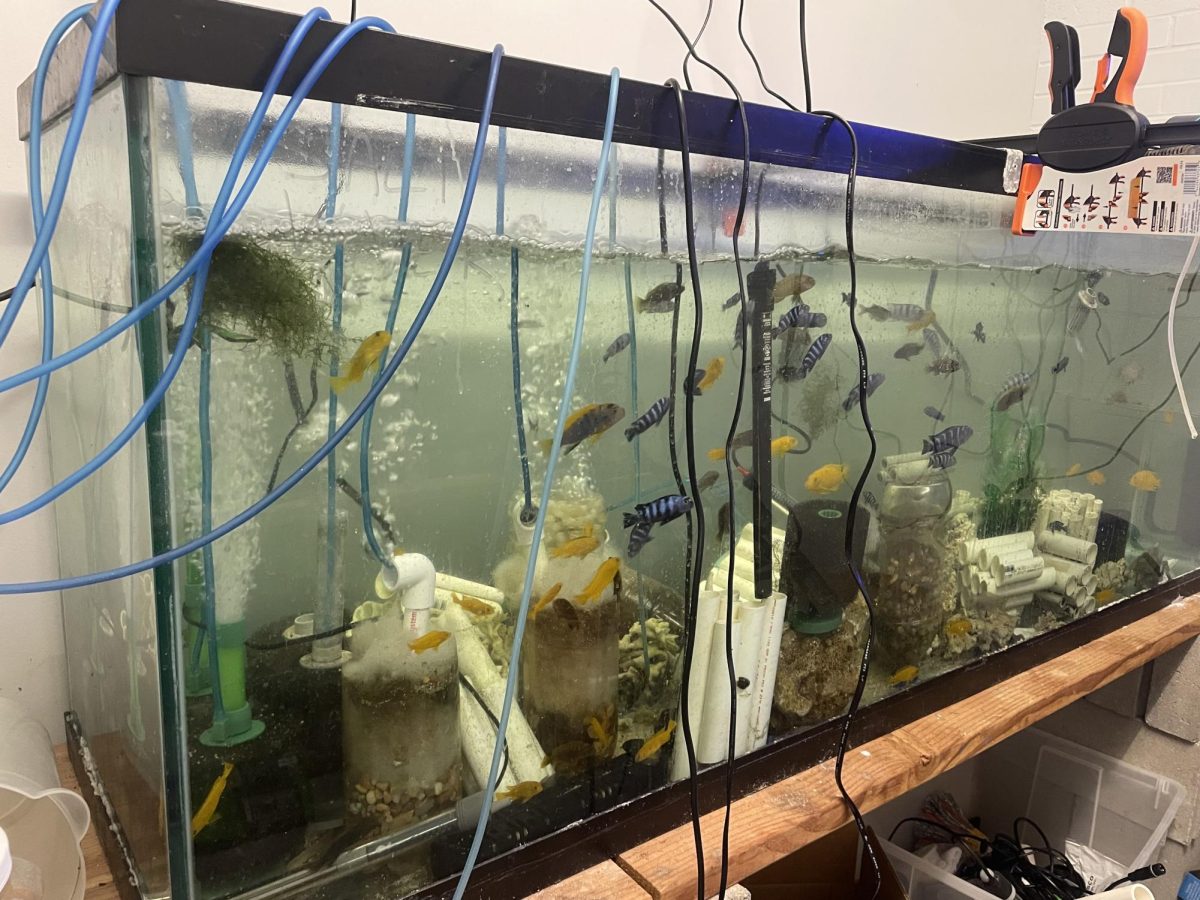Cancer, the leading cause of death worldwide, claims the lives of 1 in 6 people worldwide. Millions of lives are spent hoping for a cure and ending without one. Lung cancer, having the largest numbers of diagnoses and causing the most fatalities may have hope for change. Though it’s not quite a cure it is the possibility of catching the illness more often when it’s highly treatable. Limited treatment options are the only option people have when diagnosed in advanced stages. What if there was a way to detect lung cancer in its early stages when it’s curable to prevent this? Honey Bees, though it may seem unrelated, are the key to detecting lung cancer in its earliest stages. Like dogs, many insects have a keen sense of smell. Honey bees are among the insects with an incredible sense of smell and are able to ‘smell’ lung cancer.
Honey bees’ sense of smell is 50 times greater than that of dogs, North Shropshire Beekeepers’ Association states. They detect scents with their organs in their mouths, antennae, and the tips of their legs. In each of those areas they have sensilla: small, hair-like organs that incorporate receptor nerve cells that allow bees to detect a wide range of scents. Because of their incredible scent detection they are able to sense specific, volatile, organic compounds associated with cancerous cells. But, how can scientists and doctors tell that honey bees smell lung cancer?
The honey bees’ brain waves will change when they smell the chemicals associated with lung cancer in human breath opposed to when they smell breath without. Scientists seeing a distinctive change in the honey bee’s neural firing response can deduce that a sample has lung cancer. Using a small electrode, which is a conductor through which electricity enters or leaves, and attaching it to the bees brain, scientists are able to read their brain waves. This provides a way to detect lung cancer at its earliest and curable stages.
The American Cancer Society’s 2024 estimates for lung cancer in the U.S. are about 234,580 new cases of lung cancer and about 125,070 deaths from lung cancer. In the U.S. alone, this number of deaths account for a significant portion of cancer-related deaths. Meaning lung cancer causes about 20% of U.S. cancer-related deaths out of more than 200 different cancers. These numbers are extremely large considering they only account for nine months of 2024 in a country that has some of the world’s best health care(ranking 11th overall for the world’s best healthcare). Medical News Today confirms lung cancer, which is most commonly diagnosed during stage 3 or 4, is not curable during these stages and with current treatment healthline says you can only expect to live for around five years after the diagnosis (relative survival rate). The discovery of honeybees being able to successfully diagnose stage 1 lung cancer can greatly increase the survival rate if implemented into practice.
Debajit Saha, Michigan State University researcher who discovered the correlation between honey bees’ brain waves and lung cancer, originally 3D printed a type of harness, similar to a fitted vest, to hold a live honey bee’s head in place to be able to perform the process. Though the research is promising in its accuracy, how can it be implemented into the medical world considering several challenges? Honey bee colonies are extremely difficult to care for even with the right expertise. Beekeeping requires a high level of expertise and many resources that would be difficult to bring into widespread practice.
Though the lab was originally performed with live bees, to be implemented on a wide scale, Debajit Saha and his team plan to build a model replicating the bees brain and how it responds to smells to easily perform a non-invasive test on a breath sample. Replicating the bees olfactory response would be a sufficient replacement for the live bees and make it easier for medical professionals to use in common.
The potential for using this method to detect Lung cancer is groundbreaking. If the theoretical ‘model’ of a honeybee’s brain is able to be implemented on a large scale it could transform early cancer detection. Instead of being diagnosed with stage 3 or 4, doctors would be able to diagnose lung cancer in its earliest stage when it is highly curable. The innovation and research Saha has published has a promising future of opening a door for more biological detection technologies to develop and significantly impact our medical world.
This research could even be taken to the next level. If successful, the methods developed by Saha to detect Lung cancer could extend far beyond it and pave the way for more advancements in early detection technology. Smell-based detection has the potential to benefit other cancerous diseases, autoimmune diseases, and even infectious illnesses. The ability to detect specific compounds associated with an illness could revolutionize the future of many illnesses diagnostics.








